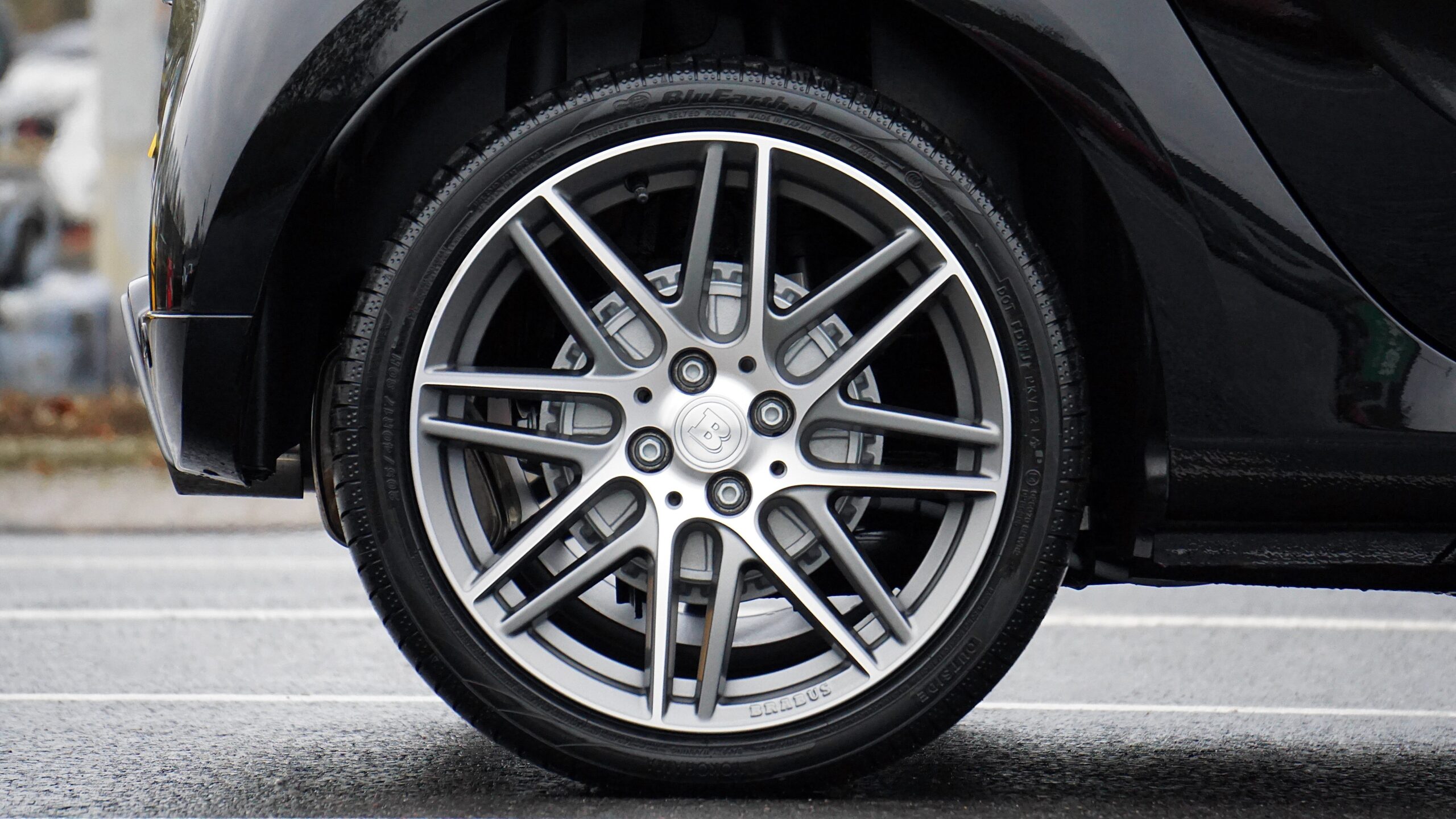A car tire’s lifespan depends on many factors, among them the operator’s driving style, the road conditions, and the vehicle’s weight. Being a major component, tires play a significant role in a vehicle’s function. It’s also responsible for keeping all motorists safe.
Under normal conditions, front wheels can last about 20,000 miles, while rear tires can be replaced twice the said distance, at 40,000 miles. What car enthusiasts normally do is transfer rear tires to the front once the latter is starting to wear out.
This cost-saving tip is good to know as buying tires fresh off the shelves can be costly. Hence, most car owners prefer to purchase used car tires.
But, as every car owner knows, getting a replacement or original equipment manufactured tire can be a headache if not done correctly. In buying a new set of car tires, consider the following tips to get the most bang for your buck.
1. Check the Surface
Once you’re in the tire shop Five Dock or any similar tire-selling store in your locality, the first step is to visually check the tire surface for any time of damage. Make sure the tire you buy doesn’t have cuts and bumps. Having these cosmetic problems mean that you won’t be able to use them for long. If you see any of these issues, choose another one and don’t look back.
2. Consider Tread Depth
Worn-out tires can be highly perilous because they can’t offer road traction, especially when the road gets wet and slippery. In checking the tread depth, you can use a tire depth gauge to measure the tire’s remaining life span. If there are less than 4/32nds of tread left, don’t buy it.
Checking tread depth isn’t only beneficial in choosing high-quality second-hand tires. The driver has to do it before a long drive, too. If you don’t have a gauge, take out a penny and place it along the ribs. Make sure that Lincoln’s head points downward. If you notice the head disappearing between the ribs, the tread depth is still above 2/32, which is up to standards.
3. Determine The Tire Age
The insides of a rubber tire are apparently the first section to deteriorate. Checking the age of the tires, you can look at the inner sides of the tires for signs of deterioration and age.
Even if its tread depth is within a favorable level, it’s important to buy freshly manufactured tires or ones that aren’t nearing or past their expiration. Outdated tires are more prone to blowing out, making it extremely dangerous to use one. And with the current rubber supply shortages, tire manufacturers may soon face problems unless they do something about it.
4. Look For Signs of Uneven Tread Wear
Uneven tread wear is quite common in used tires, and it might mean its previous owners didn’t care much about proper vehicle alignment, which can also cause accidents.
When checking used tires, inspect the edges. Uneven tread wear may manifest through worn inner edges and a relatively thick outer edge. Avoid purchasing used tires with these traits at all costs as it’s not only dangerous; the tires can have a shorter lifespan, too. Even if you have your own tires aligned properly, these problematic tires can still wear out unequally.
5. Get Familiar with The Tire’s UTQG Rating
A tire’s uniform tire quality grade (UTQG) standards, also known as the treadwear rating, is also something of interest when it comes to choosing tires. Go for ones that show higher scores.
A UTQG rating of 450 up to 600 is best. These tires are typically harder and tend to wear out longer. Inversely, anything that’s below 200 means the tires are softer and will deteriorate quickly. As an aside, race cars typically have tires with scores below 100. That’s why they’re often replaced during the competition.
6. Check Tire Brands, Their Performance and Prices
If you’re a first-time buyer, check different tire brands and their retail price range. Also, check for reviews to make sure you’re getting used tires from reputable brands and shops. Read what customers say about their performance and how they hold up compared to the others.
7. Don’t Be Ashamed to Haggle
Used tires are typically found in tire stores and vehicle repair centers, with most taken off the vehicles for free. Some auto owners may have upgraded to a new set, while some may have opted for a new size.
Knowing this and the current brand-new prices, try to bargain with the seller and walk away if you’re not getting a good price.
Final Thoughts
Choosing used tires that’ll last will help you stay safe on the road and keep out of potential headaches. To find out the best-used tires that can do the job, take heed of the tips in this article.
In buying tires, don’t go for the cheapest on the lot. Assess the condition and quality of the rubber and negotiate to get the most out of your hard-earned cash.

